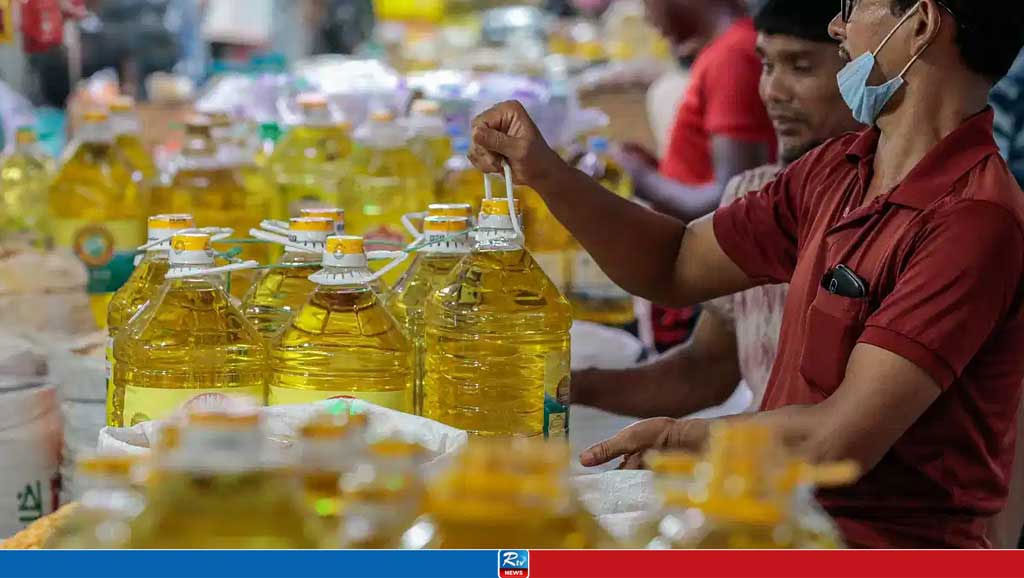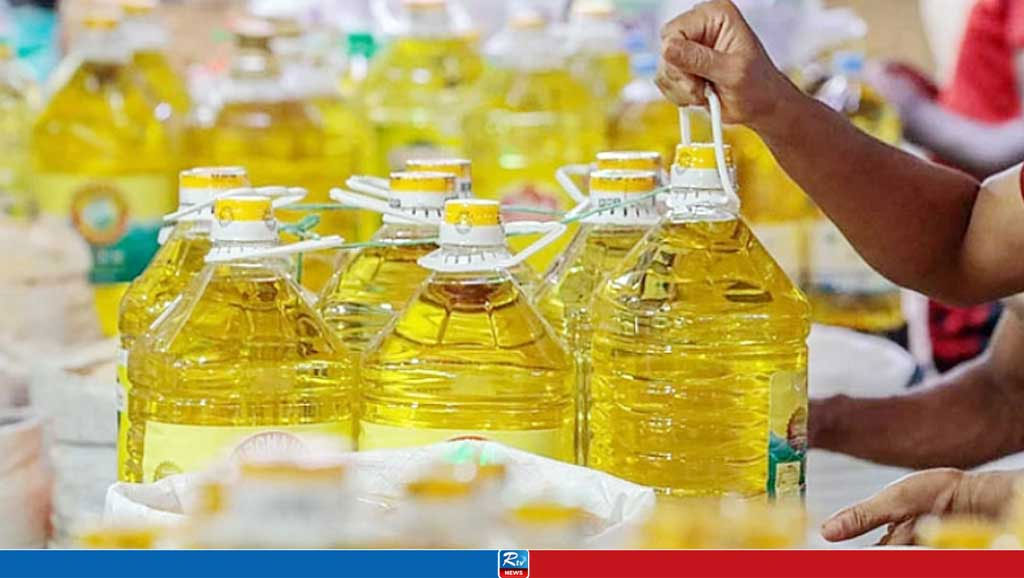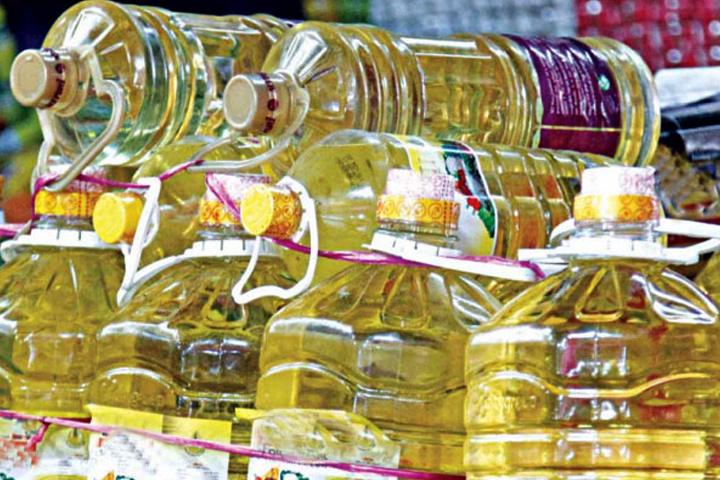Oil reserves discovered in Sylhet
Oil reserves, have been discovered at Sylhet-10 well, which can produce 500-600 barrels per day, State Minister for Power, Energy and Mineral Resources Nasrul Hamid said today.
On Sunday (Dce 10), Nasrul Hamid said in a press briefing that In total four layers of reserve fuel have also been identified.
Nasrul Hamid told, "The first layer, at a depth of 1,400 metres is where oil was found. Although no gas was found in the first layer, more tests need to be conducted before the full picture can be understood."
Zanendra Nath Sarker, chairman of the Bangladesh Oil, Gas and Mineral Corporation Petrobangla said, "Oil was found in another layer, 397-1,445 metres deep, which was tested on 8 December with an initial API gravity of 29.7 degrees. Around 35 barrels of oil flow per hour are available at self pressure. After the test is completed, the oil reserves will be known."
The Petrobangla chairman said that "Oil produced at 2,540 and 2,460 metres deep will sustain for about 8-10 years and is worth about Tk8,500 crore as weighted average cost. If produced at the rate of 20 million cubic feet, it will sustain for more than 15 years."
After re-evaluations, 200-300 billion cubic feet of gas can be found which will be worth about Tk17,000 crore. "Initially, the oil reserves were about 8-10 million barrels worth Tk7,000 crore."
Oil was first discovered in Haripur field back in the late 80s. The authorities back then ran a drilling stamp test to pump out around 500 barrels of the thick oil.
Later, the government decided the field was not commercially viable and it was abandoned.
The first time Bangladesh had struck commercially feasible oil was back in 2012.
"This is the first time that we have found economically viable oil resources, estimated at about 153 million barrels, in the two gas fields, 280km from the capital," the then chairman of Petrobangla Mohammad Hussain Monsur had told reporters.
During the briefing, the state minister for energy said in the second layer, at around 2,460-2475 metre, initial tests revealed reserves of around 20-25mmcfd of gas.
At a depth of around 2,540-2,575 metre, around 20-25mmcfd of gas was also discovered during a test on 26 November, he added.
The pressure there stands at 3,500 PSI.
The final layer, at 3,300 metres, could not be investigated fully due to high pressure of around 6,000 PSI.
After all the tests are completed, the full extent of the gas and oil reserves will be known, the state minister said.
The reserves could be worth around Tk8,500 crore and may be usable for more than 15 years.
Currently, about 2,300mmcfd gas is being produced from 21 gas fields in the country, while about 700mmcfd gas is being imported from abroad to meet the demand of about 4,000mmcfd, leaving a deficit of about 1,000mmcfd.
Bangladesh required about 6.7 million tonnes of fuel in fiscal 2021-2022, with the country's fuel consumption rising by up to 8% each year, according to the state-run BPC.
To meet the overall demand, around 700,000 lakh tonnes of fuel are extracted from domestic sources. Meanwhile, Eastern Refinery, the country's only oil refiner, has the capacity to purify 1.5 million tonnes of crude oil every year.
The well Sylhet-7, the much-discussed well in the history of Bangladesh as this was the single oil producing well of the country, was drilled at Haripur in 1986.
After 07 years of more or less uninterrupted production of total 5,60,869 barrels of crude oil, the well (Syl-7) ceased its production on 14 July, 1994 due to gradual decline in well head pressure.
In March 2005, the work over was accomplished on the well Syl-7 and was completed as a gas producer with an initial production capacity of 15mmcfd.
10 Dec 2023,18:24
















 Live Tv
Live Tv









